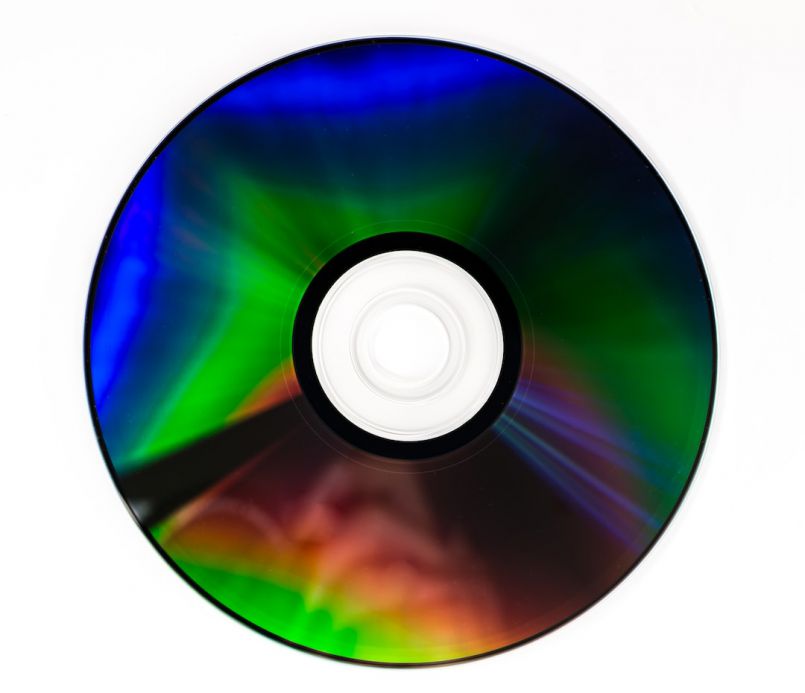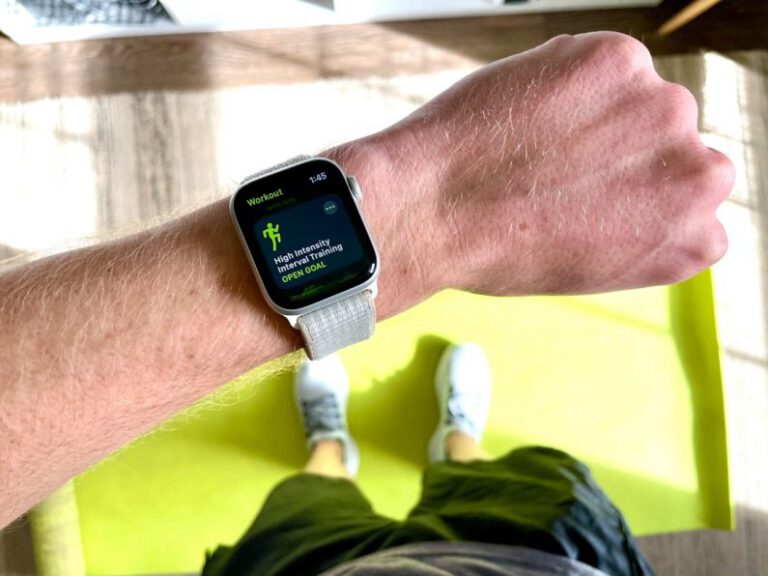Keeping Your Multimedia Storage Organized
In today’s digital age, we have access to an abundance of multimedia content. From photos and videos to music and documents, our devices are filled with files that can quickly become overwhelming if not properly organized. However, with a few simple strategies, you can keep your multimedia storage neat and tidy, making it easier to find and enjoy your favorite content.
1. Create a Folder Structure
The first step to organizing your multimedia storage is to establish a folder structure that makes sense for you. Consider creating main folders for different types of media, such as “Photos,” “Videos,” “Music,” and “Documents.” Within each main folder, you can further categorize your files into subfolders based on specific criteria, such as the date, event, or subject. By organizing your files in this way, you can easily locate what you need without wasting time searching through a jumbled mess.
2. Use Descriptive File Names
When saving files, it’s essential to use descriptive file names that accurately reflect the content. Avoid generic names like “IMG_001” or “Untitled Video” as they provide little information about the file’s contents. Instead, use specific details in your file names to make it easier to identify and locate files later on. For example, if you’re saving a photo from a family vacation, name it something like “FamilyVacation_Beach_Sunset.jpg.” This way, you can quickly find the file by searching for relevant keywords.
3. Utilize Metadata
Metadata is additional information embedded within a file that provides details about its content. Many multimedia files, such as photos and music, have built-in metadata fields that allow you to add descriptions, tags, and other relevant information. Take advantage of these features to further organize your files. For example, you can add tags to your photos based on location, people, or events, making it easier to search for specific images later on. Similarly, you can add artist names, album titles, and genres to your music files, helping you create more personalized playlists.
4. Regularly Backup Your Files
No matter how well organized your multimedia storage is, accidents can happen, and files can be lost. To avoid the heartache of permanently losing cherished memories, make it a habit to regularly back up your files. Use external hard drives, cloud storage services, or both to ensure that your files are safely stored in multiple locations. By having multiple copies of your files, you can easily restore them in the event of a computer crash, accidental deletion, or hardware failure.
5. Delete Unnecessary Files
As we accumulate multimedia files over time, it’s easy for our storage space to become cluttered with unnecessary files. Regularly go through your folders and delete files that you no longer need or want. This will help free up space on your device and make it easier to navigate through your collection. Remember to empty your trash or recycle bin after deleting files to ensure they are permanently removed from your storage.
In conclusion, organizing your multimedia storage is essential for easily accessing and enjoying your files. By creating a folder structure, using descriptive file names, utilizing metadata, regularly backing up your files, and deleting unnecessary ones, you can keep your multimedia storage organized and clutter-free. By implementing these strategies, you can spend less time searching for files and more time enjoying your multimedia content. So start organizing today and reap the benefits of a well-organized digital collection.






